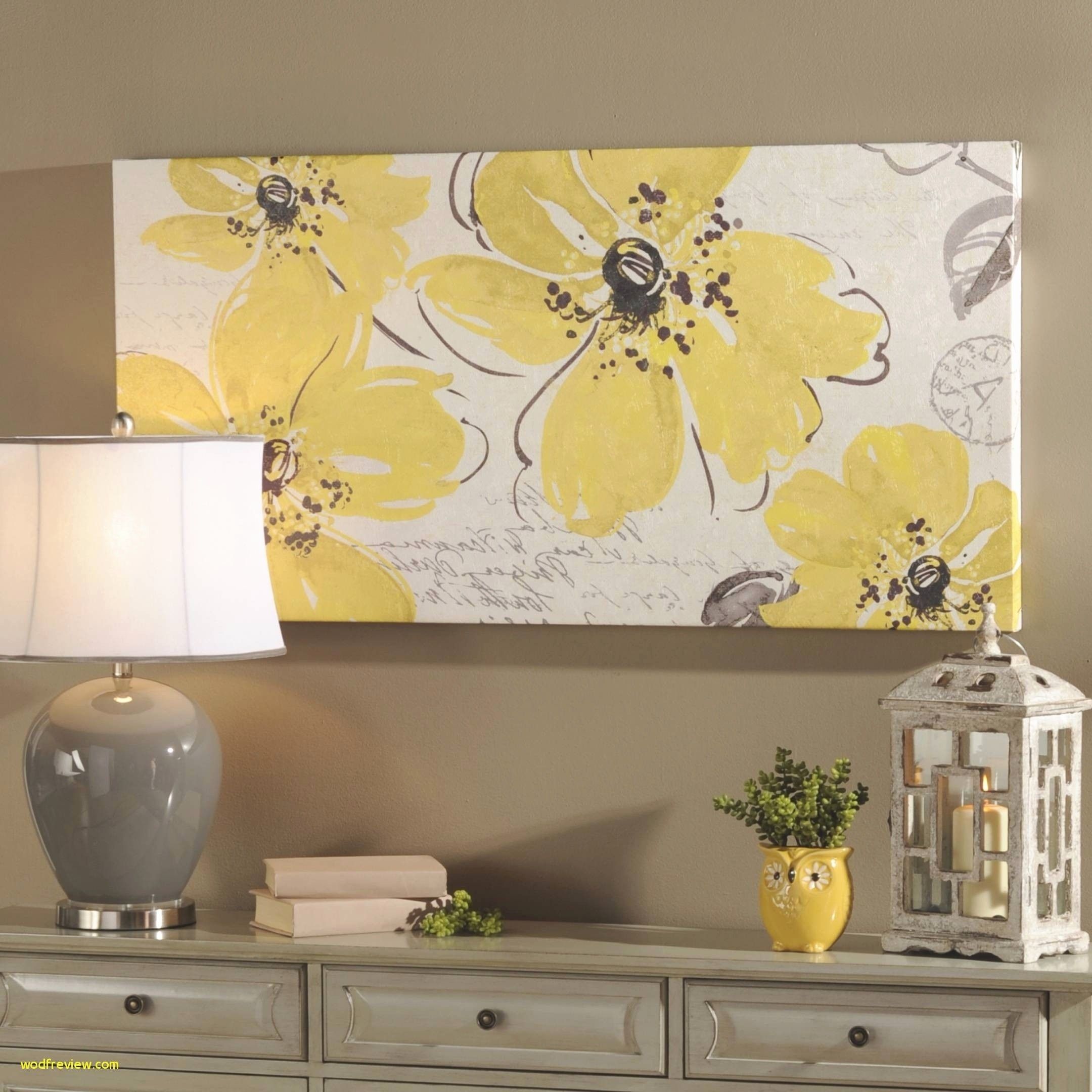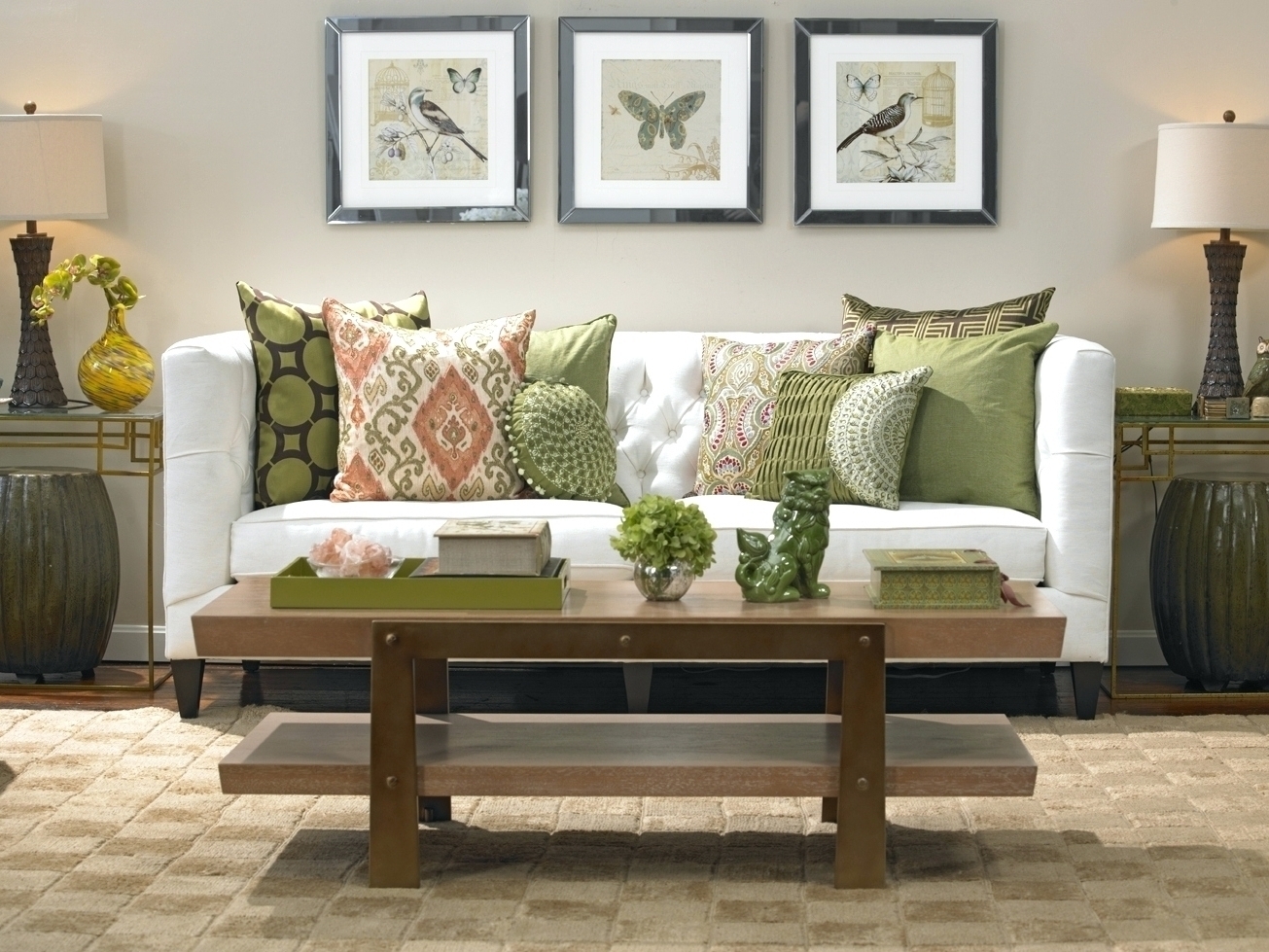Wall Art Styles and Trends: Home Goods Wall Art

Home goods wall art – Wall art is a versatile and impactful way to transform any living space, adding character, style, and personality to your home. From classic and timeless pieces to contemporary and edgy designs, the world of wall art offers a myriad of options to suit every taste and decor.
Enhance your living space with exquisite home goods wall art that reflects your personality. From abstract masterpieces to captivating landscapes, the options are endless. For those seeking tranquility and serenity, consider incorporating buddha wall art into your decor. These serene depictions of the enlightened being evoke a sense of calm and inspire mindfulness.
Whether you prefer intricate sculptures or serene paintings, buddha wall art adds a touch of spirituality and beauty to any home.
In recent years, we’ve witnessed a surge in the popularity of abstract wall art, characterized by its bold colors, geometric shapes, and unconventional compositions. Modern wall art, with its clean lines, minimalist aesthetic, and emphasis on functionality, has also gained significant traction.
Whether you’re looking to update your living room or simply add a touch of personality to your home, home goods wall art is a great way to do it. From abstract prints to landscape photography, there’s a wide variety of wall art to choose from.
If you’re looking for something modern and stylish, check out modern wall art for living room. You’re sure to find something that you’ll love.
Trending Wall Art Designs and Patterns
- Geometric patterns: Sharp angles, clean lines, and symmetrical designs create a striking and modern look.
- Abstract florals: Paintings or prints featuring abstract interpretations of flowers add a touch of organic beauty and vibrancy.
- Metallic accents: Gold, silver, or copper accents add a touch of glamour and sophistication to any wall.
- Textured wall art: Pieces with raised surfaces, embossing, or three-dimensional elements add depth and interest to a room.
Emerging Wall Art Techniques and Materials
Technology and innovation have opened up new possibilities in wall art creation. Artists are experimenting with:
- Digital printing: High-quality prints on canvas or paper offer a wide range of designs and styles.
- Mixed media: Combining different materials such as paint, fabric, and found objects creates unique and eye-catching pieces.
- Sustainable materials: Wall art made from recycled or eco-friendly materials appeals to those conscious of environmental impact.
Types and Materials of Home Goods Wall Art

Wall art is an essential element of home decor, adding character, style, and visual interest to any space. From traditional paintings to modern sculptures, there is a wide range of types and materials available to suit every taste and preference.
Types of Wall Art
- Paintings: Original or reproduced works of art created using various techniques and mediums, such as oil, acrylic, or watercolor.
- Prints: Reproductions of original artworks or digital designs printed on paper, canvas, or other materials.
- Photographs: Captures moments in time, either framed or mounted on canvas, metal, or wood.
- Sculptures: Three-dimensional works of art made from materials like metal, wood, glass, or ceramic.
Materials for Wall Art, Home goods wall art
The material of wall art plays a significant role in its durability, aesthetic appeal, and overall impact on the decor.
- Canvas: A versatile material that provides a traditional and textured surface for paintings and prints. It can be stretched over a frame or mounted on a backing.
- Wood: A classic and durable choice for wall art, offering a natural and rustic aesthetic. It can be carved, painted, or used as a backing for other materials.
- Metal: A modern and industrial material that adds a sleek and reflective touch to wall art. It can be used for sculptures, prints, or even as a backing for other materials.
- Glass: A delicate and elegant material that allows light to pass through, creating a luminous effect. It can be used for sculptures, prints, or as a backing for other materials.
Choosing Wall Art Materials
When selecting wall art materials, consider the following factors:
- Room Decor: Match the material to the overall style and color scheme of the room.
- Personal Preferences: Choose materials that resonate with your taste and preferences.
- Durability: Consider the durability of the material, especially if it will be placed in a high-traffic area.
- Maintenance: Some materials require more care and maintenance than others.
Design and Placement of Wall Art

Designing and placing wall art is an art form in itself, transforming empty walls into captivating focal points. Understanding the principles of arrangement and composition empowers you to create harmonious and visually appealing displays that complement your space and personal style.
Choosing the Right Size and Scale
The size and scale of wall art should complement the dimensions and proportions of the space it adorns. For small rooms, opt for smaller-scale pieces that won’t overwhelm the area. In larger rooms, you can make a bolder statement with oversized artwork that anchors the space.
Arranging Wall Art
Composition is key to creating a visually pleasing arrangement. Consider the following principles:
- Balance: Distribute wall art evenly to avoid a lopsided appearance.
- Harmony: Choose pieces that complement each other in terms of color, style, and subject matter.
- Focal Point: Create a focal point by placing a larger or more eye-catching piece in the center or a prominent position.
- White Space: Allow for negative space around artwork to prevent a cluttered look.
Hanging and Displaying Wall Art
Proper hanging techniques enhance the impact of your artwork. Consider the following tips:
- Lighting: Place artwork in areas with natural or artificial lighting that highlights its details.
- Height: Hang artwork at eye level or slightly higher for optimal viewing.
- Grouping: Create visual interest by grouping multiple pieces together in a cohesive arrangement.
- Framing: Choose frames that complement the style and color of the artwork and enhance its overall appearance.